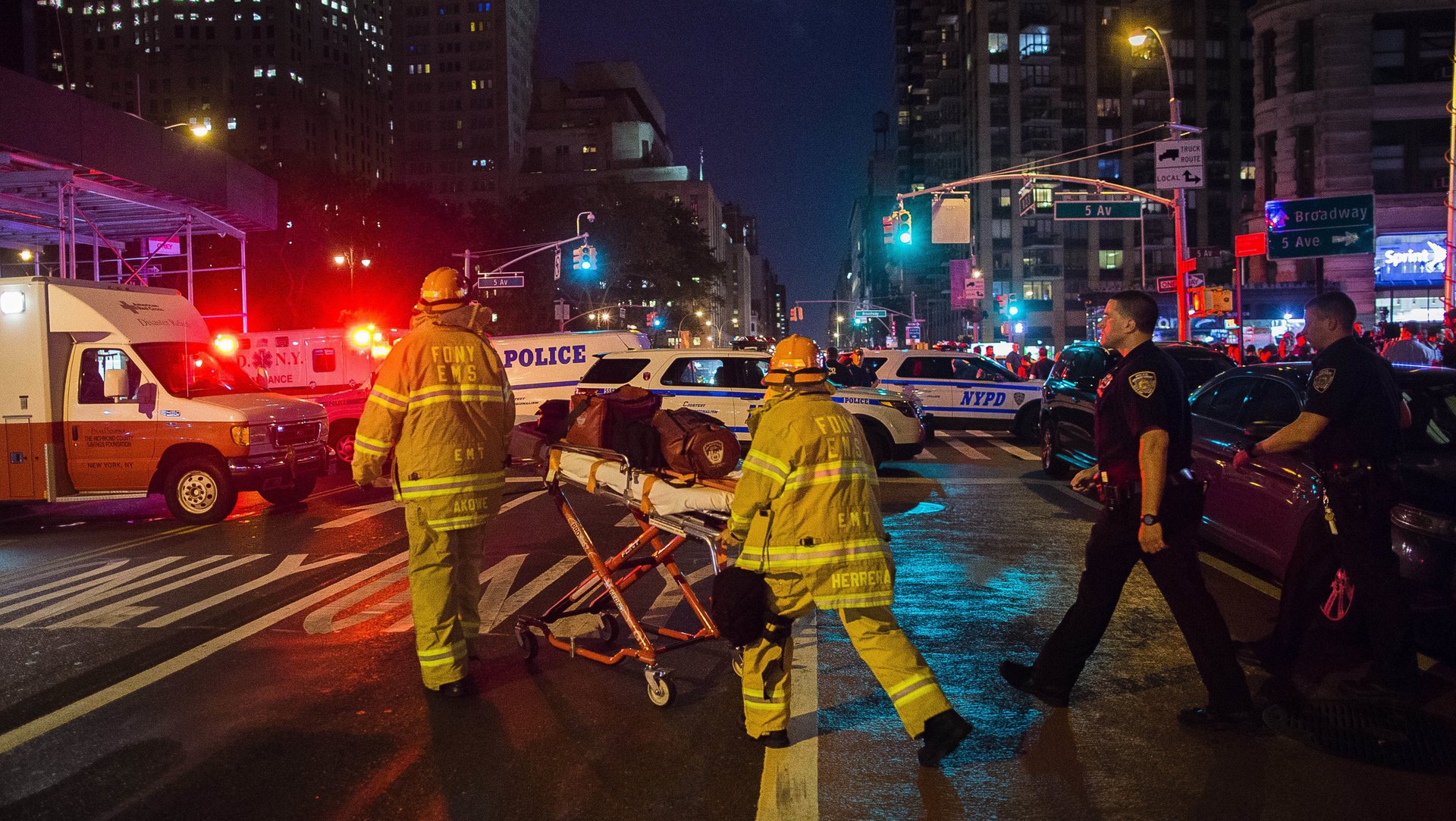Congressman to FCC: Mobile alerts are so “90s” and should be more like Snapchat
The US government’s emergency warning system is “stuck in the 90s,” warned New York senator Chuck Schumer in a letter to regulators, and it should take a cue from social media if we’re going to keep people safe.


The US government’s emergency warning system is “stuck in the 90s,” warned New York senator Chuck Schumer in a letter to regulators, and it should take a cue from social media if we’re going to keep people safe.
The call comes after the Sept. 17 bombing in Manhattan’s Chelsea neighborhood. On Sept. 19, authorities sent an 84-character text message to millions of New Yorkers basically instructing residents to search the internet for more information: “Wanted: Ahmad Khan Rahami, 28-yr-old male. See media for pic. Call 9-1-1 if seen.”
That’s more or less all they could do. At the moment, the Wireless Emergency Alert System (WEA) restricts messages to 90 characters (that’s right, even less than Twitter’s 140 characters) as well as excludes any image, video, or links to websites.
In a letter to the Federal Communications Commission, Schumer asks the agency to fast-track proposals to update the system that have languished for years. These would expand message length from 90 to 360 characters, allow phone numbers and website URLs in alerts, and make wireless providers more precisely target geographic areas. Schumer said the FCC should go further and find ways to include video and other media.
“The bottom line is that in the era of Instagram, Facebook and SnapChat, our Wireless Emergency Alert System needs to get as smart as our phones and be updated so it can deliver photos and other media that has information that can save lives,” he wrote in a statement.
The WEA system, approved by the US Congress in 2006, sends public messages to mobile phone subscribers in specific areas that warn of “imminent threat to safety or life,” Amber Alerts about abducted children, and information from the president. Several hundred are issued each year, although Sept. 19 was the first time an alert was used to track down a suspected terrorist (the alert after the Boston marathon bombing warned residents to “shelter in place”).
Facebook, Twitter, Google, and other tech companies have all given users ways of checking in after a disaster—you can use Facebooks’ Safety Check, receive official Twitter Alerts, or read emergency alerts from around the world on Google Public Alerts. But none are designed to reach out directly to users.